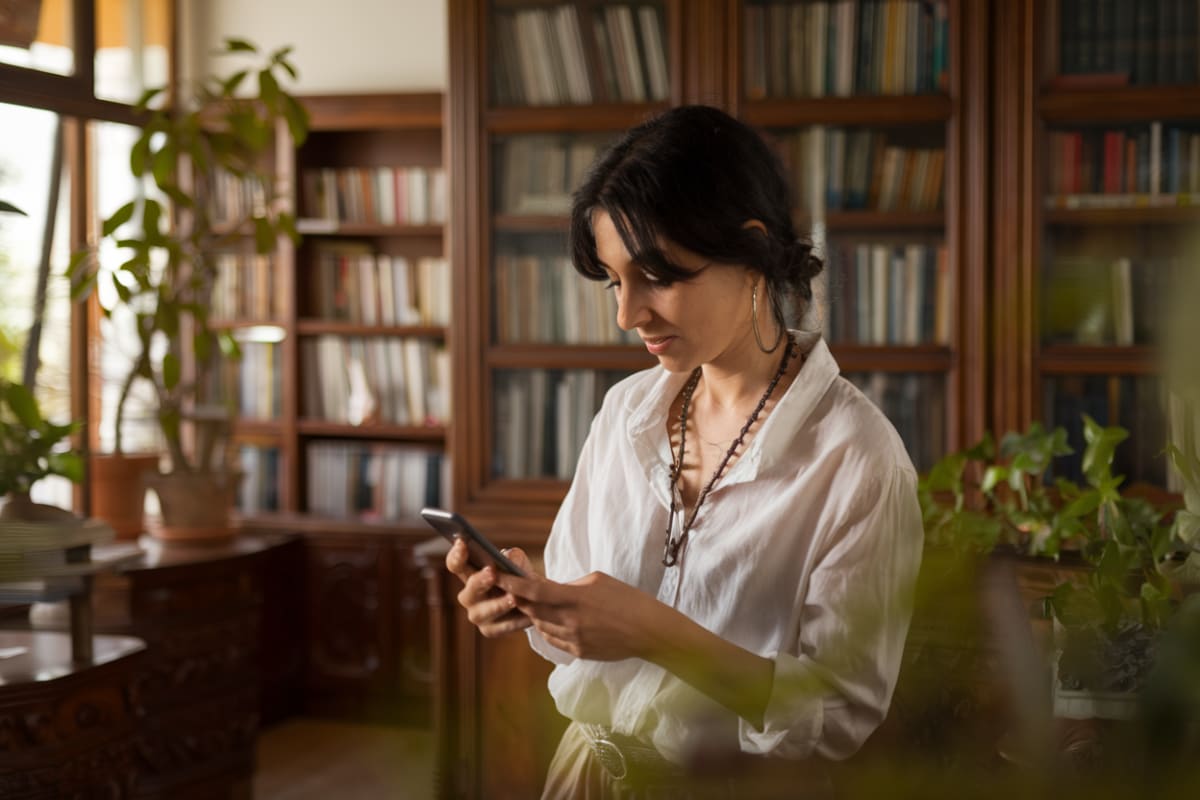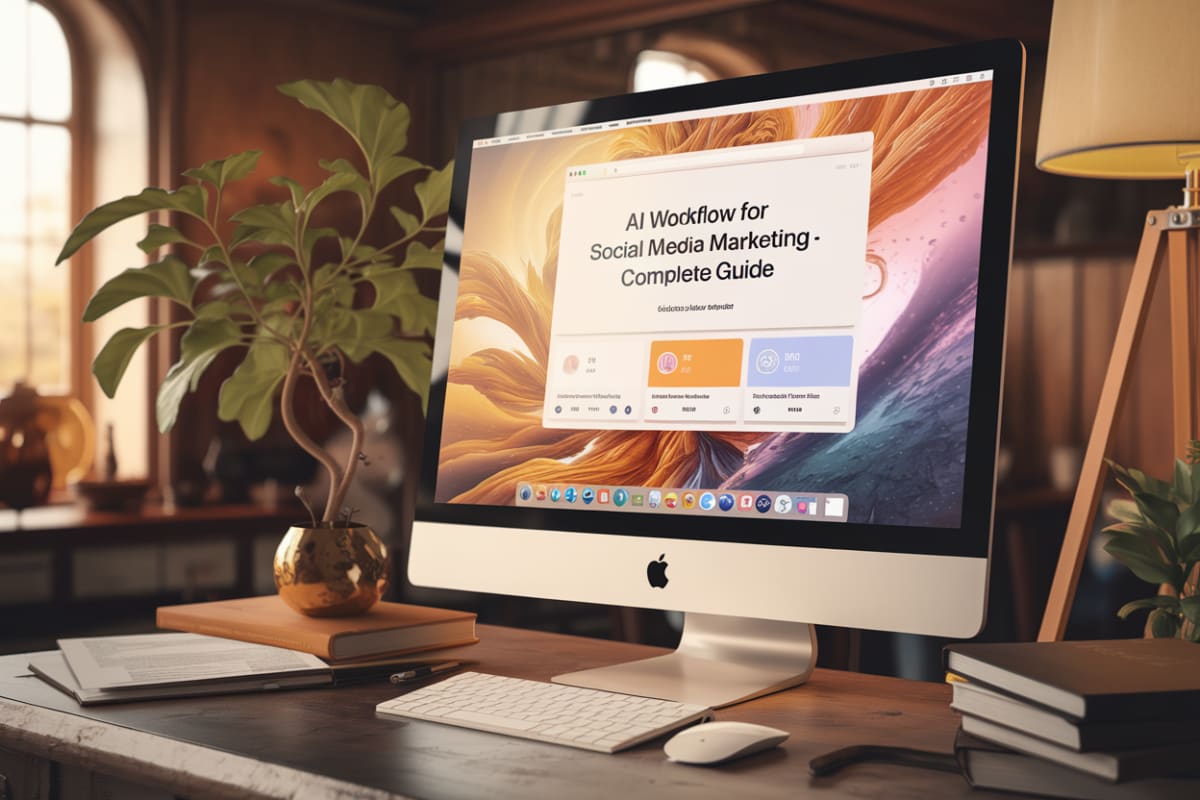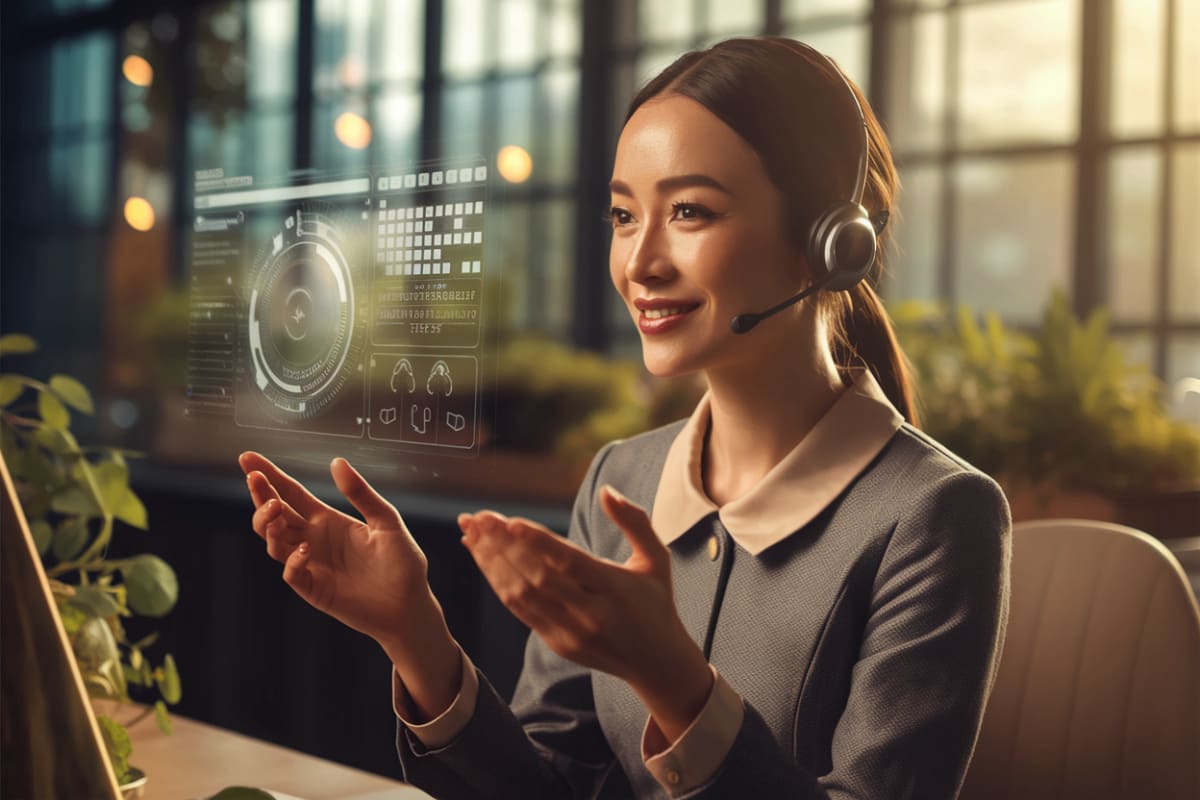Social Media for Brand Awareness
How can social media increase brand awareness?
Celebrity Influence and the 'Taylor Swift Effect'
Social media enhances brand awareness through celebrity endorsements. A prime example is the impact of Taylor Swift on brands like Little Lies. After Swift wore a green velvet dress from the boutique, social media mentions surged by over 400%, leading to an immediate increase in sales and brand visibility. The owner of Little Lies noted a 6900% rise in social activity for the dress even two months later. This illustrates how a single celebrity interaction can transform a brand’s online presence. The influx of traffic and media attention allowed the boutique to refine its social media strategy, focusing more on storytelling rather than direct sales pitches, thereby increasing audience engagement and loyalty. Source: Hootsuite
Targeted Social Media Campaigns
Another effective strategy for increasing brand awareness involves targeted social media campaigns. These limited-time efforts focus on specific themes or objectives, such as product launches or seasonal promotions. Brands can utilize social listening tools to identify trending topics and engage meaningfully with their audience. Hootsuite emphasizes the importance of aligning campaign goals with overall business objectives, such as driving web traffic or increasing follower counts. This approach allows brands to experiment with content types, track engagement, and adjust strategies based on real-time feedback, ultimately enhancing brand visibility. Integrating a solution like the AI Social Media Coordinator from Enrich Labs can streamline this process, offering insights and automating tasks to ensure a consistent brand voice across campaigns. Source: Hootsuite
Social Media Advertising
Investing in social media advertising represents another crucial way to increase brand awareness. Paid ads on platforms like Facebook, Instagram, and TikTok allow brands to target specific demographics effectively, ensuring their content reaches potential customers. For instance, social media ads enable precise audience targeting based on user behavior and preferences, maximizing the effectiveness of advertising spend. This targeted approach, combined with real-time performance monitoring, helps brands measure campaign impact, refine strategies, and demonstrate clear ROI from social media efforts. Brands overwhelmed by high volumes of interactions may find that using AI solutions like the AI Social Media Coordinator significantly simplifies ad management, ensuring timely responses and consistent brand messaging. Source: Hootsuite
Engaging Content and Employee Advocacy
Creating engaging content that resonates with the target audience proves essential for increasing brand awareness. Brands can leverage user-generated content (UGC), testimonials, and educational posts to build trust and authenticity. Employee advocacy programs, where employees share company content on personal accounts, amplify brand messages. For example, Armanino LLP utilized an employee advocacy program to reach 19.2 million people, resulting in a staggering 600% increase in reach and significant potential ad value. This strategy boosts brand awareness and fosters a positive brand image. The AI Social Media Coordinator can help brands maintain a consistent voice and manage the volume of interactions, ensuring employee advocacy efforts align with overall brand messaging. Source: Hootsuite
Content Experimentation and Trends
As social media evolves, brands must adapt to new content trends and experimentation. The 2025 Social Media Trends report highlights that brands increasingly prioritize entertaining and engaging content to capture audience attention. By dropping traditional brand consistency for creative experimentation, companies engage viewers more effectively and improve their brand presence on social platforms. Brands that engage in creative content production often report higher positive impacts on their business. The AI Social Media Coordinator can analyze engagement data, helping brands identify successful content types and refine their strategies accordingly. Source: Hootsuite
What are the best social media platforms for brand awareness?
Unable to generate a synthesized expert answer due to an error in LLM processing.
How often should brands post on social media for awareness?
Posting Frequency Considerations
The optimal frequency for brands to post on social media varies significantly based on several factors, including platform, target audience, and specific brand goals.
Platform-Specific Recommendations
- Instagram: Brands typically post 3-7 times a week. Engaging stories and reels can supplement this with daily posts.
- Facebook: Posting 1-2 times per day is often suggested. Frequent posting can lead to higher reach and engagement, but content quality remains crucial.
- Twitter (X): Due to its fast-paced nature, brands should aim for 3-5 tweets per day, including retweets and replies.
- LinkedIn: 2-5 times per week proves generally effective, focusing on professional content and industry insights.
- TikTok: Brands are encouraged to post 1-3 times a day, leveraging trends and engaging content to capture a younger audience's attention.
Importance of Consistency
The key to effective social media marketing lies in consistency. A well-planned content calendar helps brands maintain a regular posting schedule, essential for building awareness and engagement. According to marketing experts, consistent posting increases visibility and keeps the brand top-of-mind for consumers. Studies suggest that the average consumer engages with multiple pieces of content before making a purchasing decision, highlighting the importance of regular posting to build familiarity and trust.
Case Study: Hootsuite's Approach
Hootsuite emphasizes creating a balanced content calendar that includes a mix of educational, entertaining, and promotional posts. They recommend posting several times a week, using audience insights to determine the best times and content types that resonate with followers. Their strategies often lead to increased engagement rates and a stronger online community. Brands seeking to automate and optimize their posting frequency can benefit from tools like the AI Social Media Coordinator, which ensures timely and consistent engagement across platforms.
What types of content work best for brand awareness on social media?
Effective Content Types for Brand Awareness on Social Media
Educational Content: Educational content, such as videos or infographics, helps position your brand as a trusted authority in your industry. For example, marketing agency NoGood created a video explaining why marketing jingles are effective, informing viewers while promoting brand knowledge. Hootsuite
Short-Form Videos: Short-form videos are highly engaging and favored across platforms like TikTok and Instagram Reels. Duolingo successfully uses humorous short videos featuring its mascot to maintain user engagement, showcasing the effectiveness of this content type. Hootsuite
Memes and Trending Content: Leveraging memes can significantly enhance visibility and relatability. Chipotle creates memes based on trending topics, connecting with a broader audience while adding humor to its brand identity. Hootsuite
Customer Testimonials: Featuring customer testimonials builds trust and showcases real-life benefits of your products. Slack successfully reposts customer success stories on platforms like LinkedIn, emphasizing positive user experiences. Hootsuite
Motivational Quotes: Sharing motivational quotes related to your industry resonates with your audience and encourages engagement. Brands like The Day Designer utilize this strategy effectively to connect emotionally with their followers. Hootsuite
Branded Content: Branded content focuses on audience interests rather than direct product promotion. For instance, the Michelin Guide promotes dining experiences that resonate with travelers, enhancing brand affinity. Ahrefs
Viral Marketing Campaigns: Content that has the potential to go viral can exponentially increase brand awareness. Duolingo's recurring storyline involving its mascot's crush on Dua Lipa captures widespread attention, effectively utilizing humor and continuity to engage audiences. Hootsuite
Repurposing Evergreen Content: Reposting high-performing content boosts brand awareness. A viral post about basketball rankings received even greater engagement when reposted a year later, demonstrating the value of reusing effective content. Future Social
How do you measure brand awareness on social media?
Metrics for Measuring Brand Awareness
Reach: Reach measures how many unique users have seen your content. It’s crucial for understanding your brand's potential audience. Tools like Instagram Insights provide reach data, helping assess how well your posts are noticed by both followers and non-followers. A campaign with a reach of 100,000 indicates that this many unique users encountered your brand's content.
Impressions: Impressions track how many times your content displayed, regardless of interactions. This metric helps gauge total visibility of your brand's posts. A high number of impressions relative to reach indicates that users see your content multiple times, reinforcing brand awareness.
Mentions: Tracking how often your brand is mentioned across social platforms provides insights into brand awareness. This includes both tagged mentions and untagged conversations. Tools like Brand24 help track these mentions, showing how frequently your brand is discussed and in what context.
Share of Voice: This metric compares your brand's mentions to those of competitors, helping you understand your market position. If your brand has a 30% share of voice in a particular conversation, it indicates that your brand is discussed more than 70% of the time compared to competitors.
Engagement Metrics: Engagement (likes, shares, comments) is vital for understanding how your audience interacts with your content. High engagement rates often correlate with higher brand awareness, as engaged users are more likely to remember and recommend your brand.
Sentiment Analysis: Analyzing the sentiment of mentions helps gauge public perception of your brand. Positive sentiments indicate strong brand awareness and favorability, while negative sentiments highlight areas for improvement. Tools such as Hootsuite Listening provide sentiment analysis across social media platforms.
Surveys and Polls: Directly asking your audience about their awareness of your brand through surveys provides qualitative insights. A post-campaign survey can reveal how many respondents associate your brand with specific products or services.
Example Case Study
For instance, a brand like Tidal gained over 37,000 mentions and reached 178 million people through various campaigns, showcasing effectiveness in building brand awareness. Their strategy included regular engagement and content resonating with their audience, leading to a high Presence Score of 70, outperforming 84% of brands in visibility and engagement on Instagram. Brand24
Combining these metrics and tools allows brands to create a comprehensive view of their social media brand awareness and make data-driven decisions to enhance their online presence.
What strategies can brands use to improve social media engagement?
Unable to generate a synthesized expert answer due to an error in LLM processing.
How can brands leverage influencers for social media awareness?
Building Authentic Partnerships
Brands enhance their social media awareness by leveraging influencers to create authentic partnerships. This involves collaborating with content creators who have built trust and credibility with their audiences.
Authenticity Over Popularity
In a case study with the fashion brand All Saints, they partnered with influencer Lois Sterling to create content around outfit inspiration. This collaboration provided All Saints access to Lois's engaged audience, proving more beneficial than partnering with a high-profile influencer who may not resonate with their target demographic. For example, Lauren Mae, a beauty influencer with 37K followers, demonstrates that smaller influencers can yield better engagement than larger ones not aligned with the brand's values. Buffer
Micro and Nano Influencers
Brands should consider engaging micro (1K-100K followers) and nano influencers (under 1K followers) as they often exhibit higher engagement rates and more authentic connections with their audiences. A study highlighted that micro influencers typically have better engagement scores and effectively reach niche markets at a lower cost. Heepsy
Campaign Integration
Incorporating influencers into broader social media campaigns maximizes impact. Successful campaigns feature specific goals and targeted strategies. Many brands now integrate influencer content into their advertising strategies, with 82% of brands reported using creator content in social ads. This method enhances brand visibility and drives engagement. Brands can also utilize AI solutions like the AI Social Media Coordinator to track influencer performance and manage collaborations effectively. LTK
Measuring Impact
Brands should track key performance indicators (KPIs), such as engagement rates and conversions, to measure the effectiveness of influencer partnerships. Research indicates that 58% of brands recognized a boost in product awareness directly attributed to influencer collaborations, showcasing the potential ROI of these strategies. Mediapost
In conclusion, brands effectively leverage influencers for social media awareness by focusing on authenticity, collaborating with micro and nano influencers, integrating campaigns across platforms, and measuring their impact through specific KPIs.
Call to Action
Discover how the AI Social Media Coordinator from Enrich Labs can optimize your social media strategy, automate interactions, and enhance brand awareness. Learn more today.




